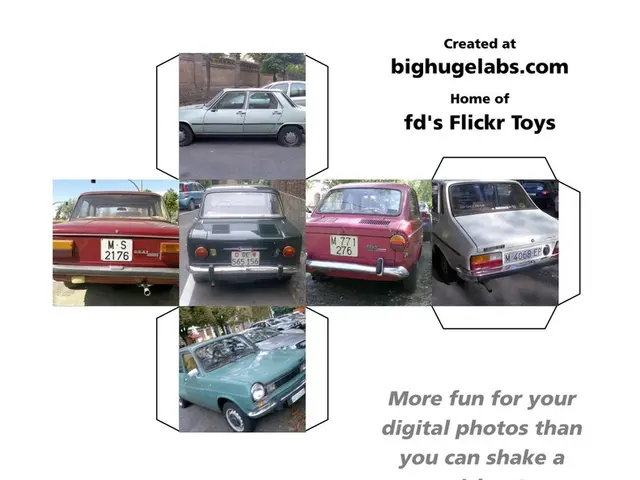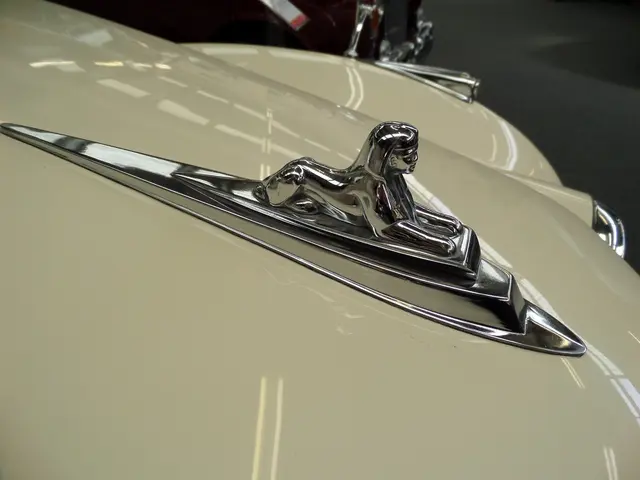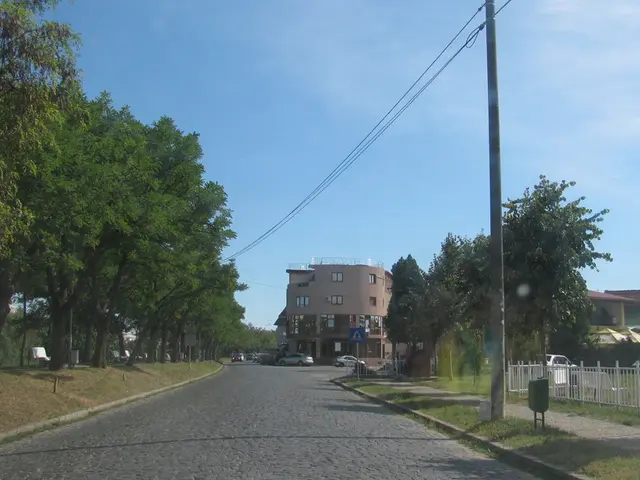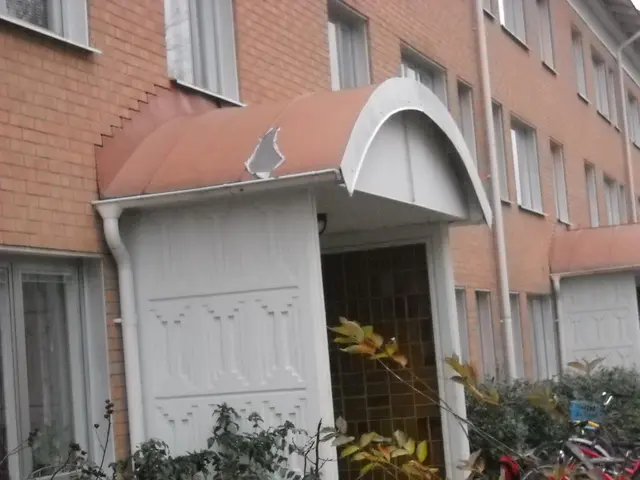Germany's Clean and Dirty Driving Lanes: Breaking Down Car Emissions by Region
Germany's Neatest and Grimiest Vehicles on the Road - Germany's Vehicles with Highest and Lowest Emissions Hit the Road
Hey there! Let's dive into the world of vehicles and emissions in Germany, shall we? You might be surprised to know that the cleanliness of cars on Germany's roads varies widely depending on where they're registered. A recent study by the news agency dpa reviewed data from the Federal Motor Transport Authority (KBA) and found some intriguing results.
The analysis revealed that the percentage of cars with older and less stringent exhaust technologies spans from one-third and above in certain regions, to as low as one-tenth in others. So, buckle up, as we take a tour through some of the dirtiest and cleanest roads across Germany.
Down in the Dirt: The Lower Saxony district of Lüchow-Dannenberg takes the cake as the home of the most polluting cars, with a whopping 33.7% of vehicles still operating under older emissions standards such as Euro 1 to Euro 4. That's followed closely by Elbe-Elster and Duisburg City with 31.7 and 30.7 percent, respectively. But we can't forget to mention Emmendingen, Nienburg, Gelsenkirchen City, Spree-Neisse, Herne City, and Görlitz, which also boast values above 30 percent.
City Advantage
At the opposite end of the spectrum, we've got Wolfsburg with a cleanliness percentage of 10.9%. Wiesbaden comes in second with 15.4%, followed by Suhl with 15.9%, Munich district with 16.1%, and Munich city with 17.8%. It's worth noting that cities like Wolfsburg and Munich, due to hosting major car manufacturers like Volkswagen and BMW, have an advantage when it comes to cleaner cars. They're home to numerous self-registrations and company cars, which contribute to lower percentages of outdated vehicles.
Beware of the Statistics in Wolfsburg
However, it's important to recognize that not all the cars registered in these cities may be driven within their respective districts. For example, in Wolfsburg, the VW hometown, there are a striking 973 cars for every 1,000 residents - that's one car for every adult!
Spoiler Alert: These cars aren't all parked in the garage.
So, it's interesting to see that some cities boast a higher proportion of cleaner cars. If we take a closer look at the number of pure electric cars and vehicles with the more modern Euro 6 emissions standard, Wolfsburg takes the lead with an impressive 77.2 percent, followed by Wiesbaden with 70.6 percent. Munich city and district are close behind with 64.8 and 64 percent, respectively.
Adding Insight:- Wealthier areas tend to have a higher percentage of newer cars, leading to cleaner emissions.- Local regulations, such as diesel bans in cities like Berlin and Hamburg, can play a role in promoting the use of cleaner vehicles.
So, keep your eyes on the road when driving through Germany, and enjoy the sights of some of the cleanest and dirtiest cars on offer!
- Germany's community policy could focus on implementing stricter emissions standards across regions, especially in areas like Lüchow-Dannenberg, Elbe-Elster, Duisburg City, Emmendingen, Nienburg, Gelsenkirchen City, Spree-Neisse, Herne City, and Görlitz, where the percentage of vehicles operating under older emissions standards is alarmingly high.
- In the realm of environmental-science, the study on Germany's car emissions showed a clear correlation between the industry and the cleanliness of vehicles, with cities hosting major car manufacturers like Volkswagen and BMW, such as Wolfsburg and Munich, having a lower percentage of outdated vehicles due to self-registrations and company cars.
- Climate-change initiatives could be reinforced by promoting the use of electric vehicles and the Euro 6 emissions standard, as seen in cities like Wolfsburg, Wiesbaden, Munich city, and Munich district, which lead in the adoption of these technologies.
- To encourage the proliferation of cleaner vehicles, both finance and transportation policies should be aligned, potentially offering incentives for the purchase of electric cars and the installation of charging infrastructure.
- Lifestyle choices can also play a role in reducing car emissions. Encouraging the use of public transportation, carpooling, and cycling, particularly in city centers affected by diesel bans like Berlin and Hamburg, can help improve air quality and combat climate-change.








